Cranbrook Art Museum
In 1932, a remarkable educational experiment opened on the Cranbrook campus in the suburbs of Detroit, a new Academy of Art for advanced studies in the visual arts. Described by the New York Times as “part laboratory, part atelier, and part artist’s colony,” Cranbrook Academy of Art dedicated itself to the education of artists, architects, designers, and craftspeople. Rooted in the contemporary, its mission and vision was simple: to support the individual artist’s search for an expression unique and resonant to her time. Widely considered the cradle of mid-century design in America, the Academy quickly became a national and international leader, a reputation that holds true today as one of the top-ranked programs of its kind in the world.
Conceived as a radical experiment in the education of artists, Cranbrook Academy of Art rejected the academic and theoretical focus of arts education of the day and instead embraced individual creativity and expression through the actual making of work as a cornerstone of its philosophy. It encouraged the exploration of alternative materials, innovative processes, and new ideas across disciplines through both self-education as well as collaboration with peers. In this way, it was and remains a student-centric pedagogical environment.
The Academy not only pioneered a more organic and human-centric approach to modern design in America starting in the 1930s and helped shape the Studio Craft movement in America in the postwar period, but also radicalized the fields of architecture and design in the 1980s during the advent of postmodernism. Although many schools of radical art and design emerged in the twentieth century–places such as the Bauhaus or Black Mountain College–only Cranbrook Academy of Art remains today as a vital force in the worlds of art, architecture, craft, and design.
With Eyes Opened, surveys the history of the Academy since its official founding in 1932. With more than 250 works representing the various programs of study at the school–architecture, ceramics, design, fiber, metals, painting, photography, printmaking, and sculpture–the exhibition occupies all of the museum’s galleries. The largest such examination of the Academy since the landmark 1983 exhibition, Design in America, With Eyes Opened will be accompanied by a 600-plus page publication that chronicles the history of this storied institution and will feature 200 alumni representing the various programs of study, both historical figures and emerging voices, who have made remarkable contributions to the visual arts.
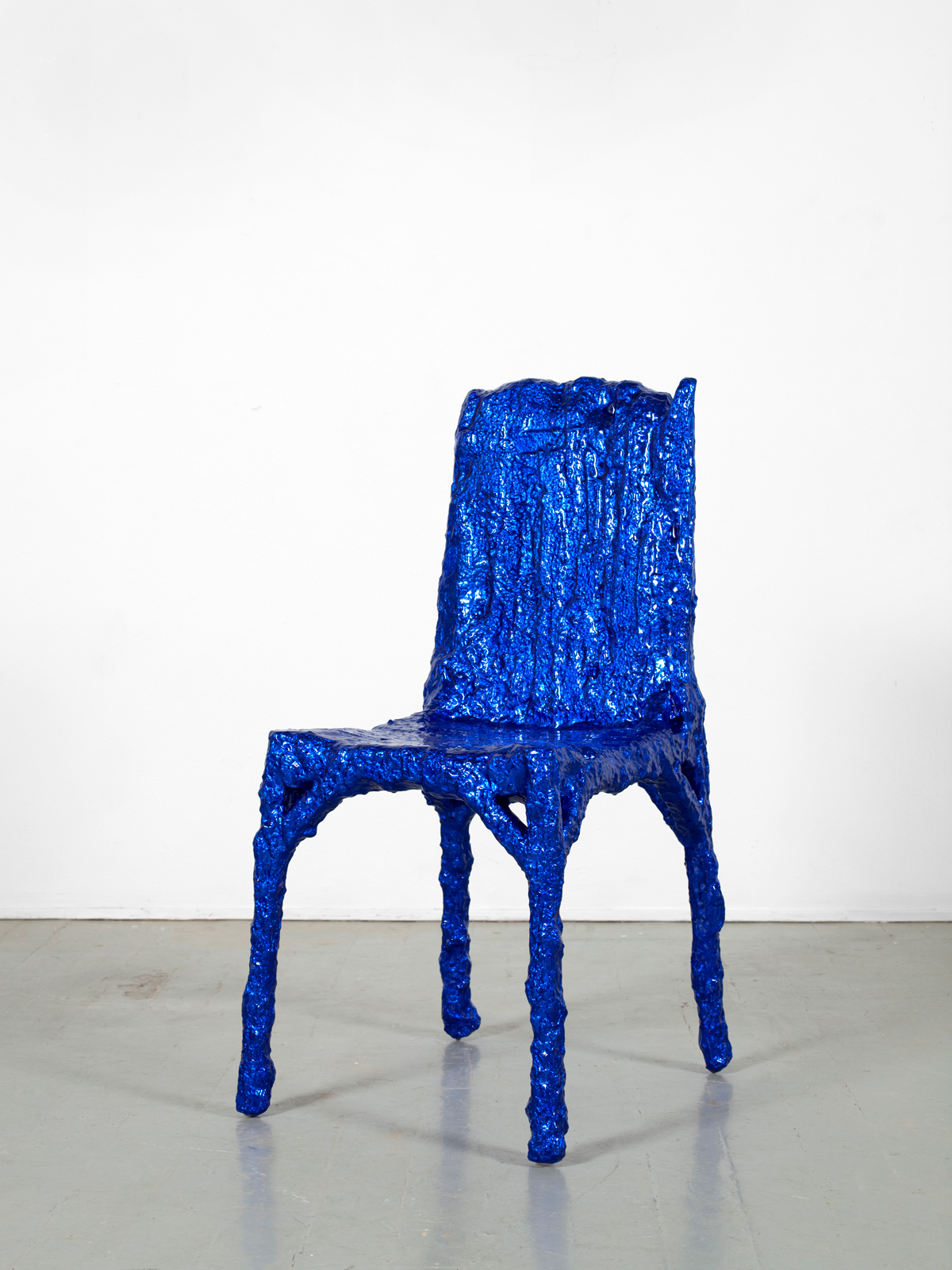
Untitled (Alufoil Chair), 2019
Not for Sale
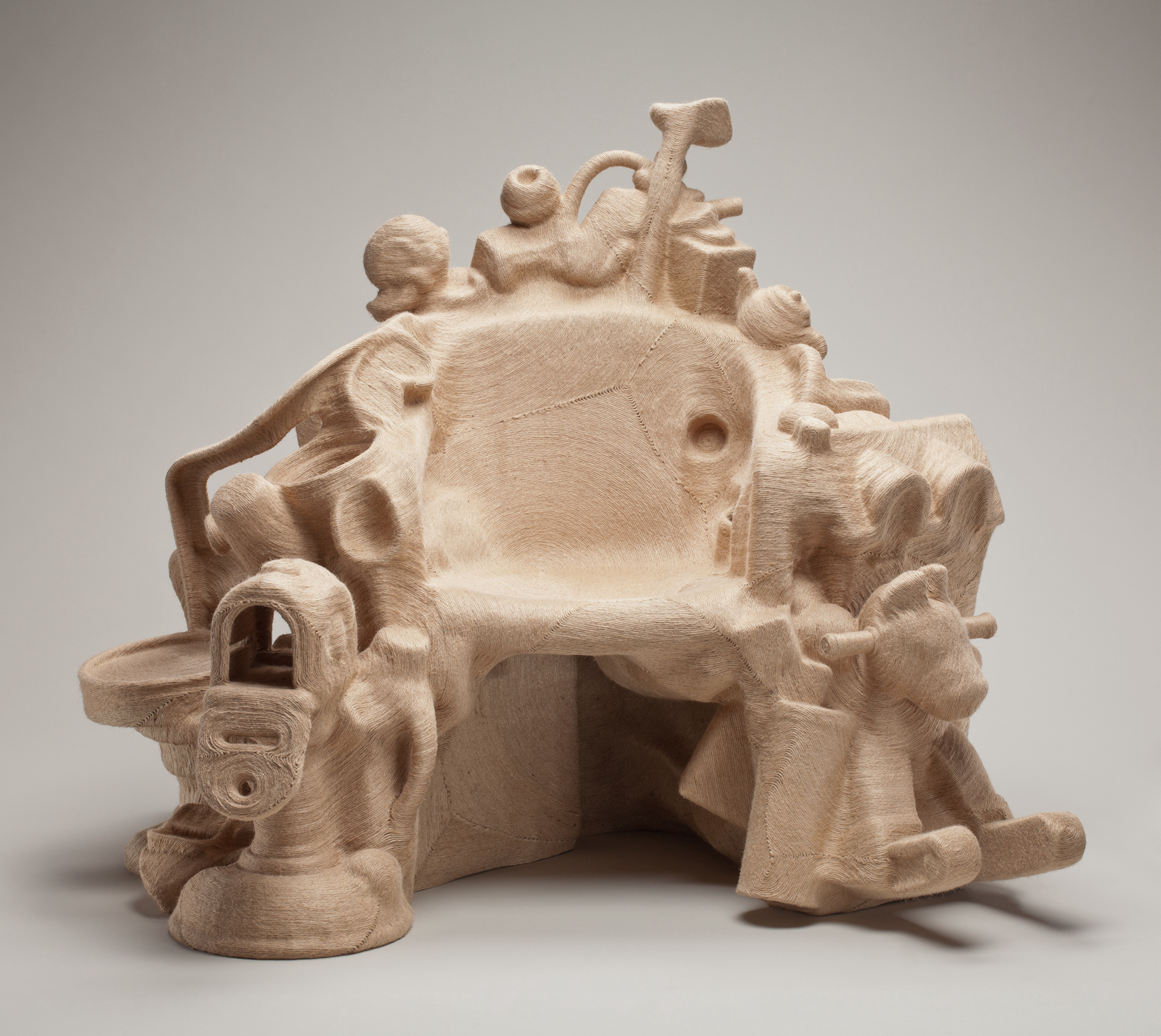
Savage Chair, 2011
Not for Sale
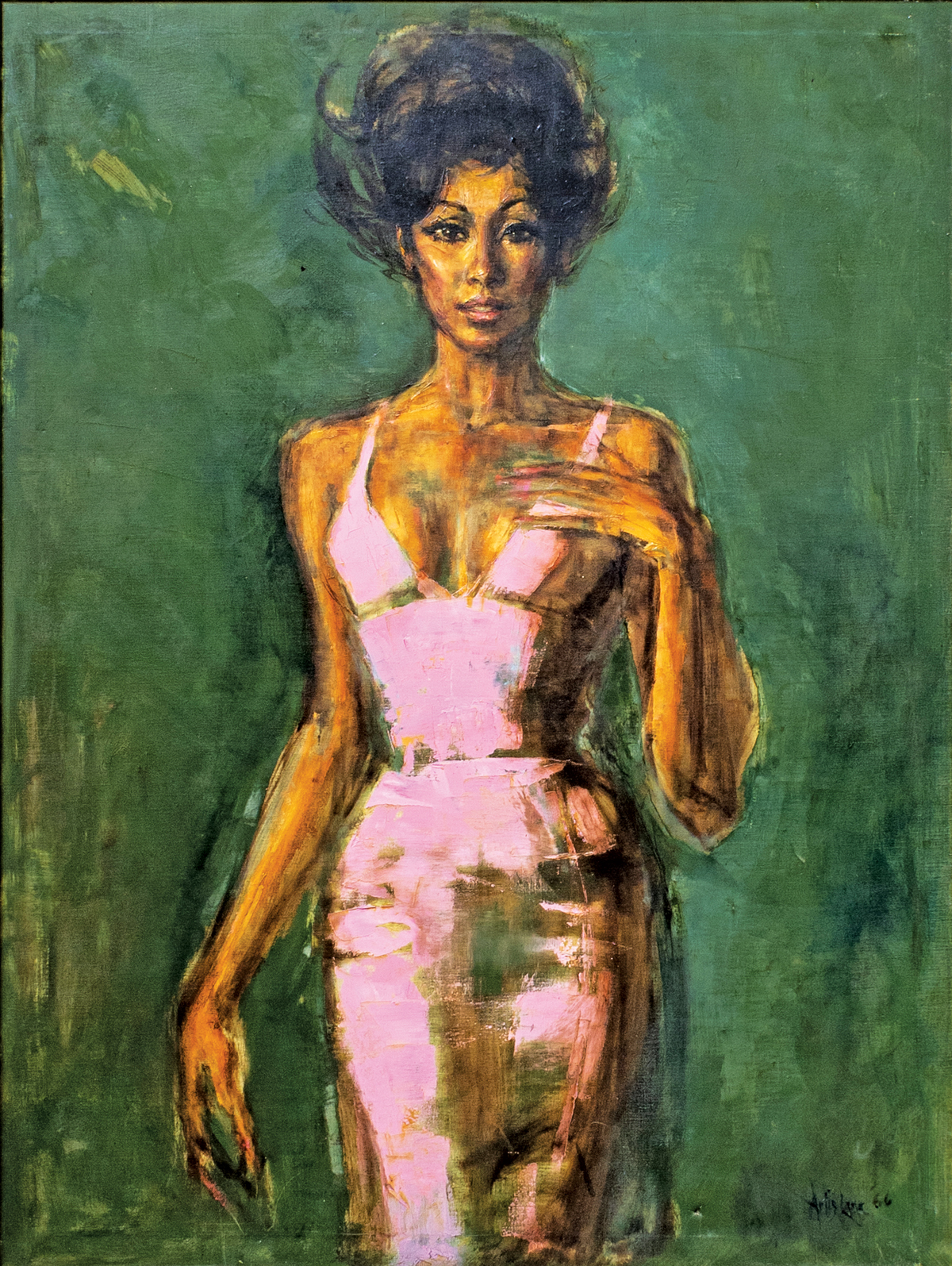
Portrait of Diahann Carroll, 1966
Not for Sale
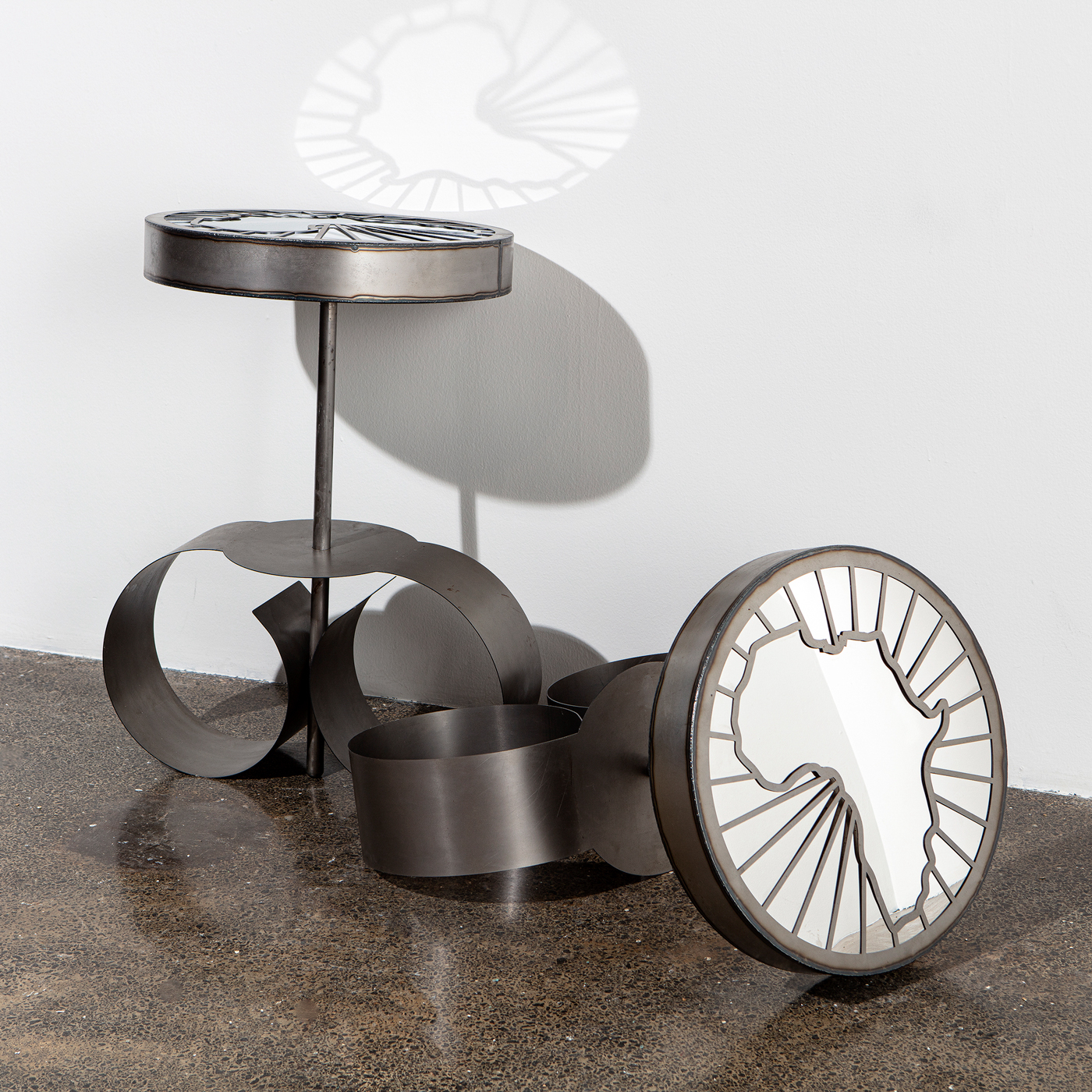
Past, Present, Future, 2018
Not for Sale
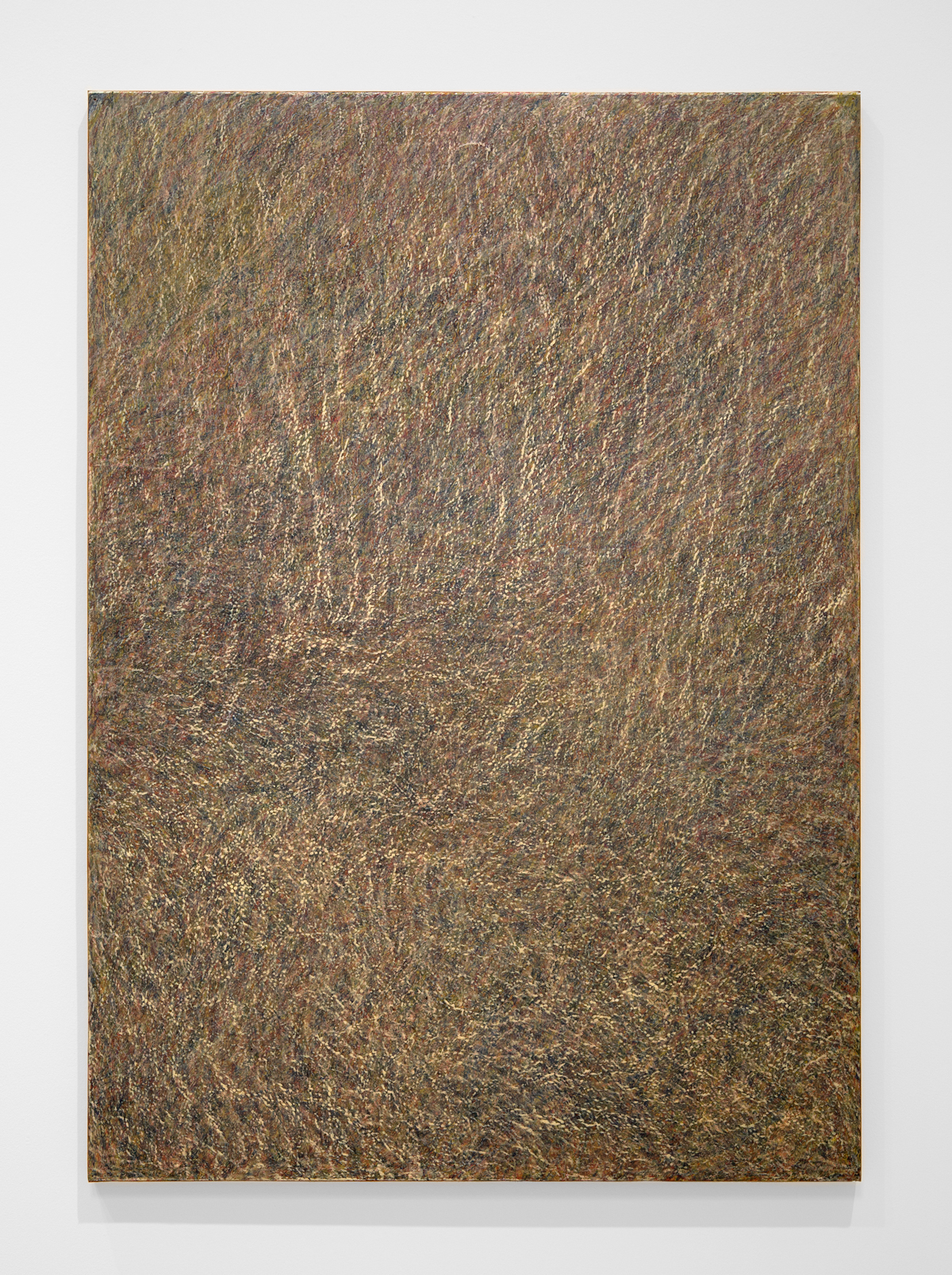
Circuit Landscape No. 1, 1973
Not for Sale
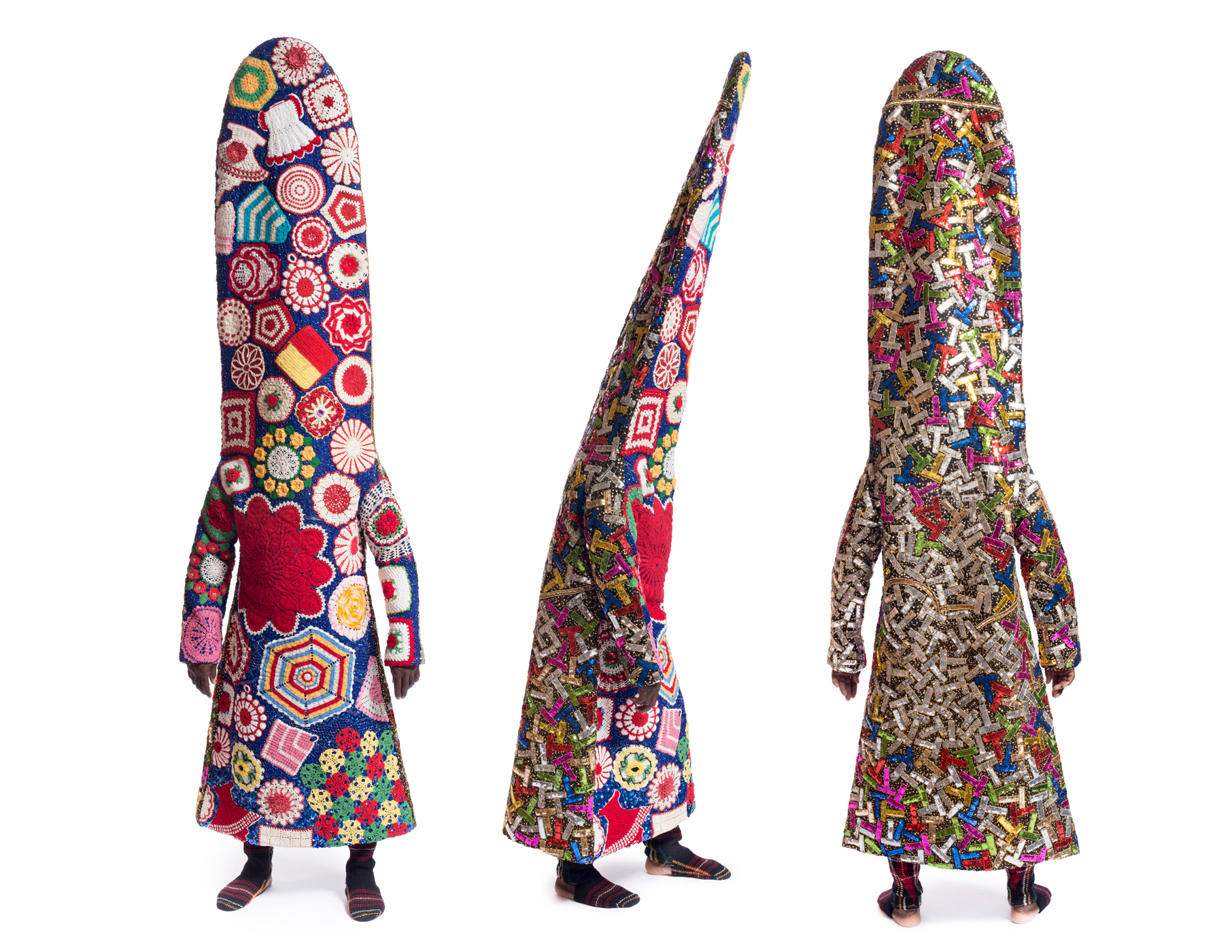
Soundsuit, 2012
Not for Sale
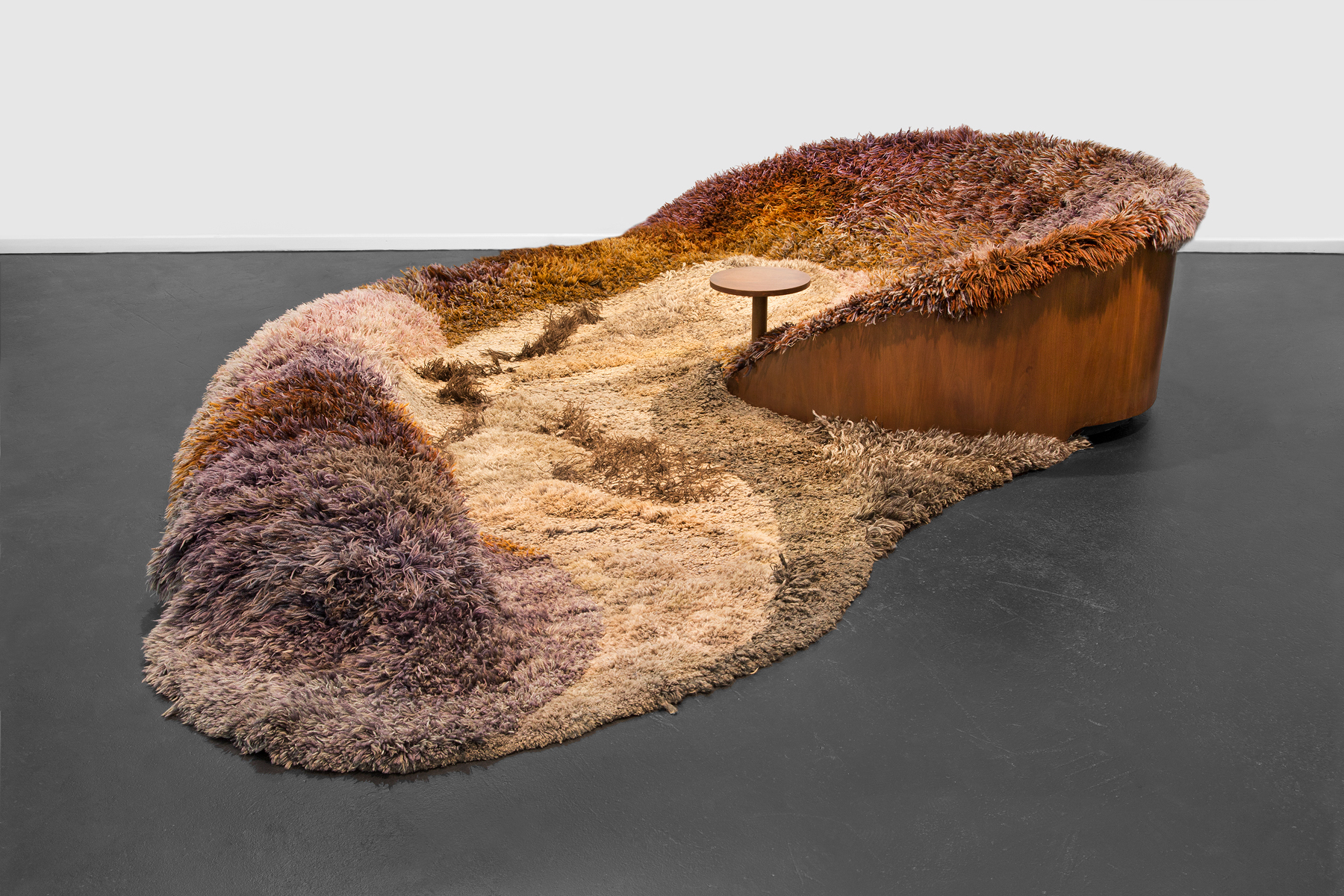
Crevice, 1975
Not for Sale
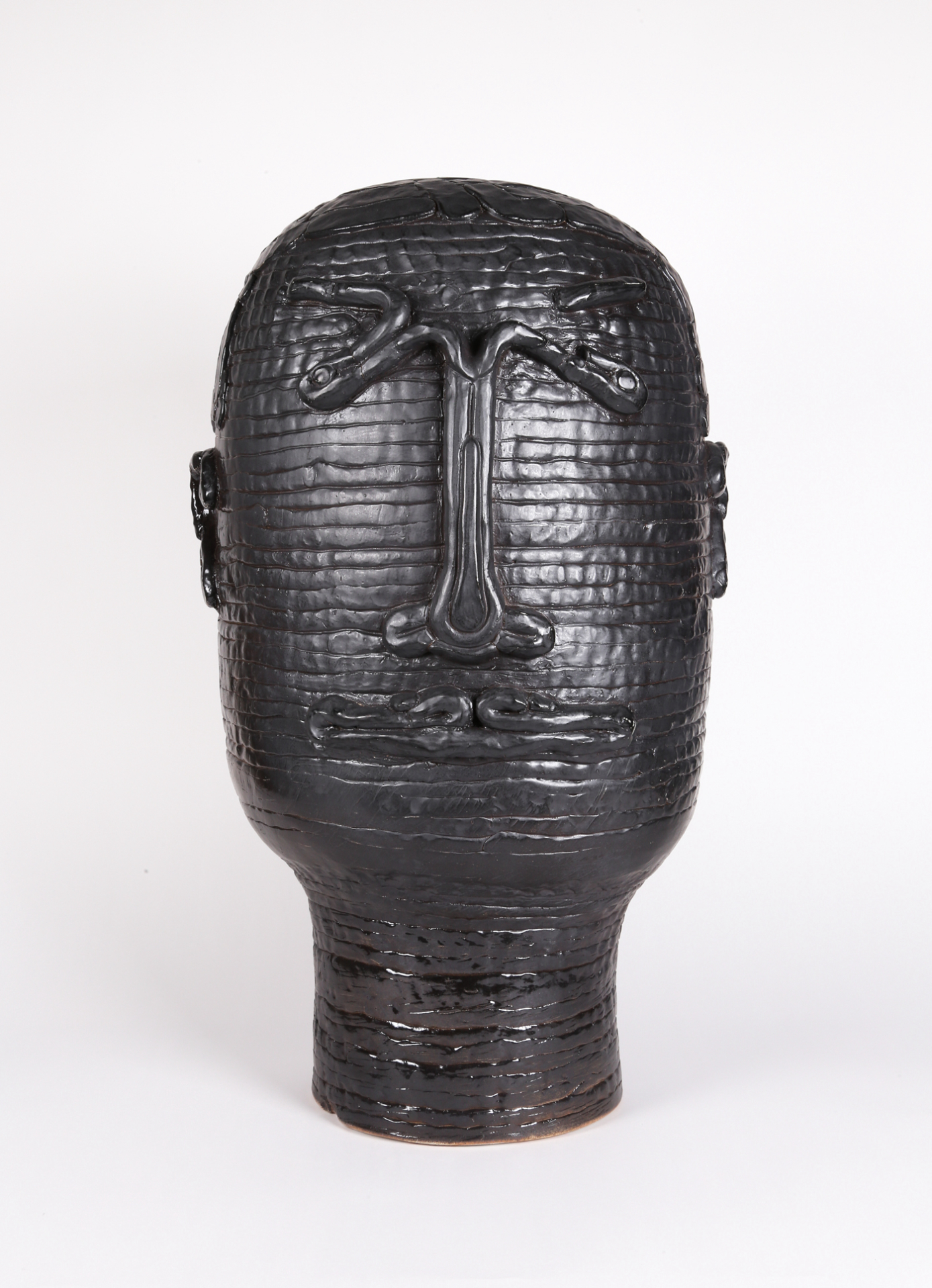
Portrait II,, 2021
Not for Sale
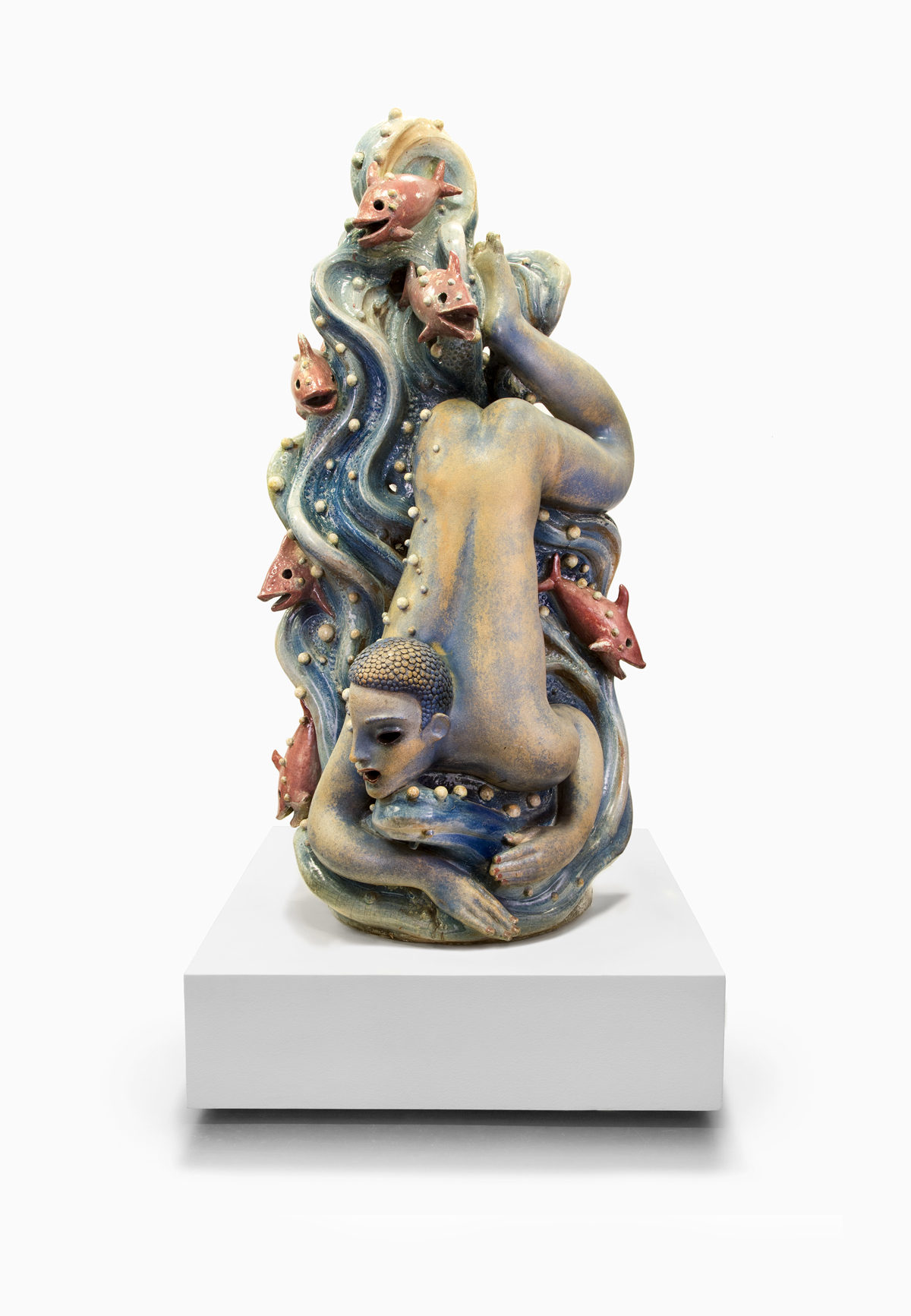
Water from the Fountain of the Atom, 1938
Not for Sale
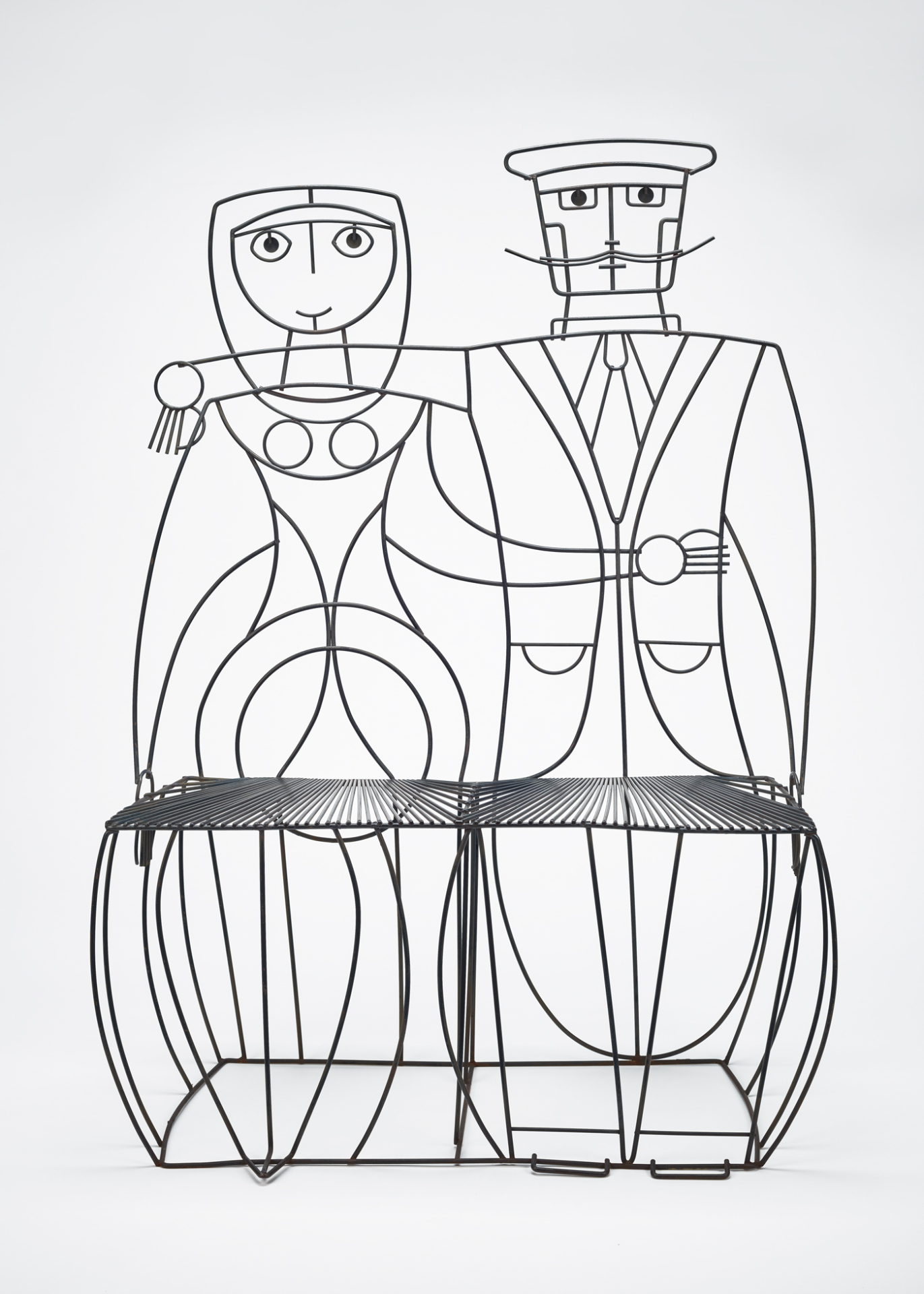
Man and Woman Bench, c. 1960s
Not for Sale
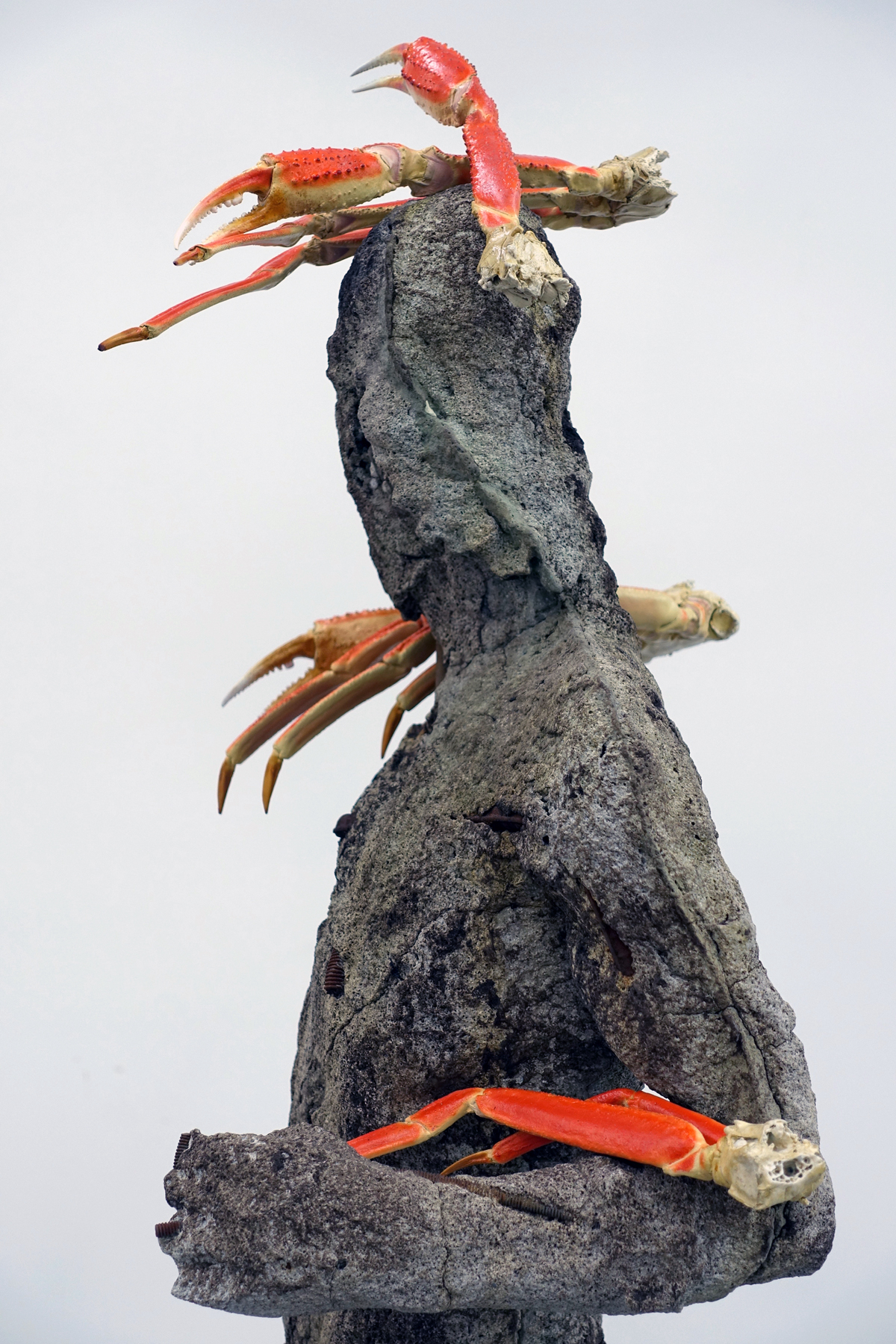
Soldier, 2016
Not for Sale

Yet Untitled, 2018
Not for Sale
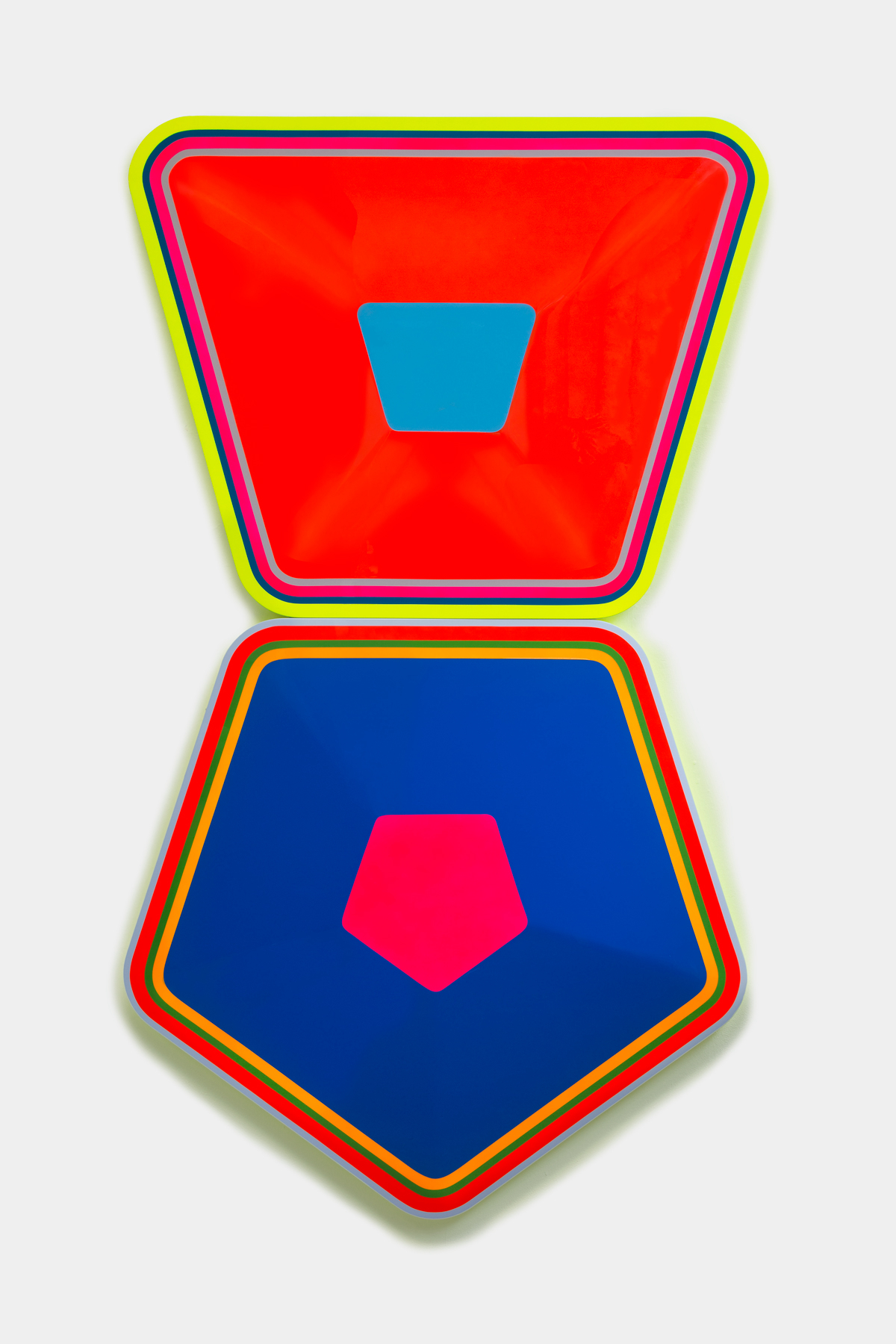
Untitled (Asthma, High Blood Pressure), 2018
Not for Sale
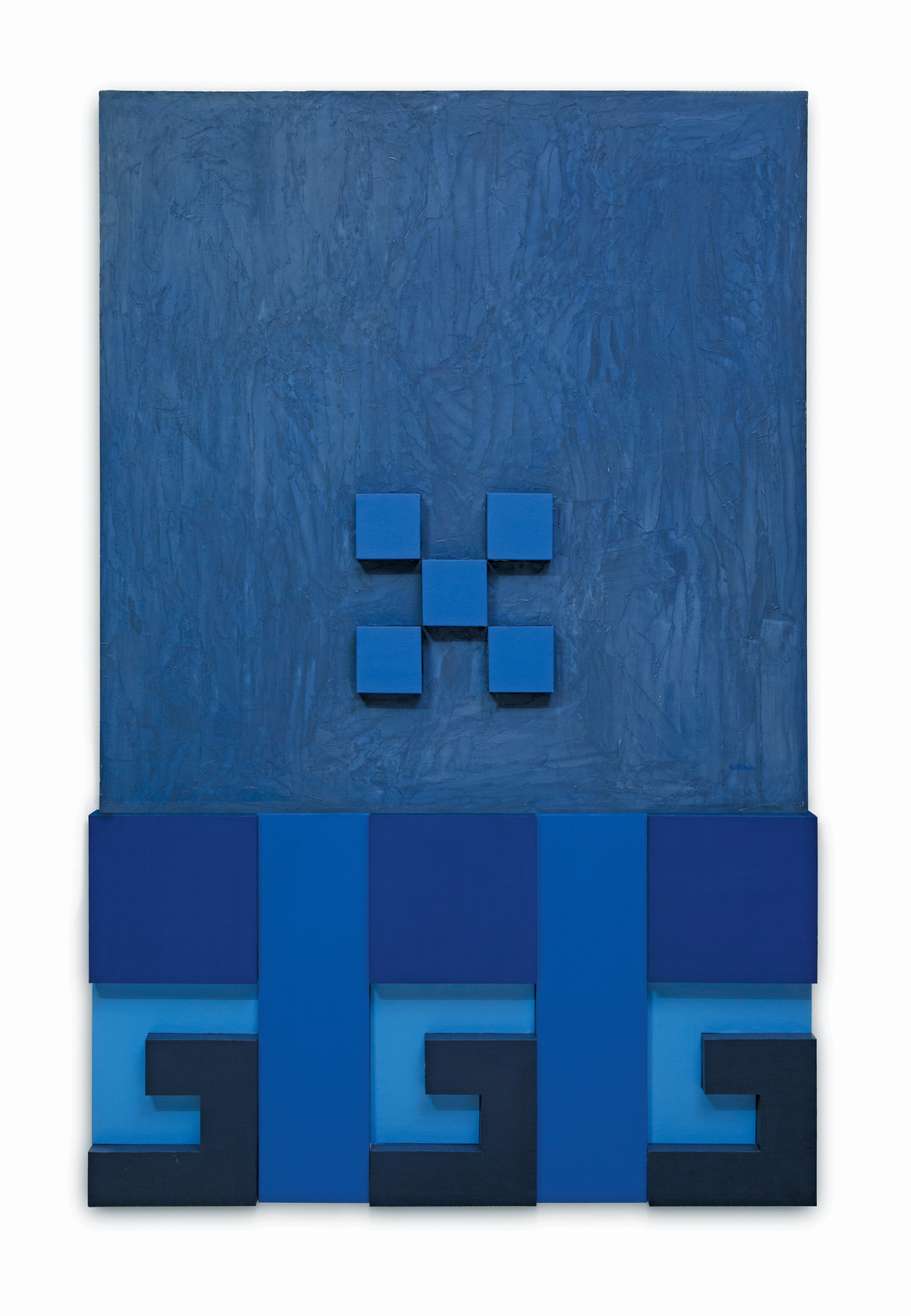
Homage to Eliel and Loja Saarinen—'Five', 1977
Not for Sale
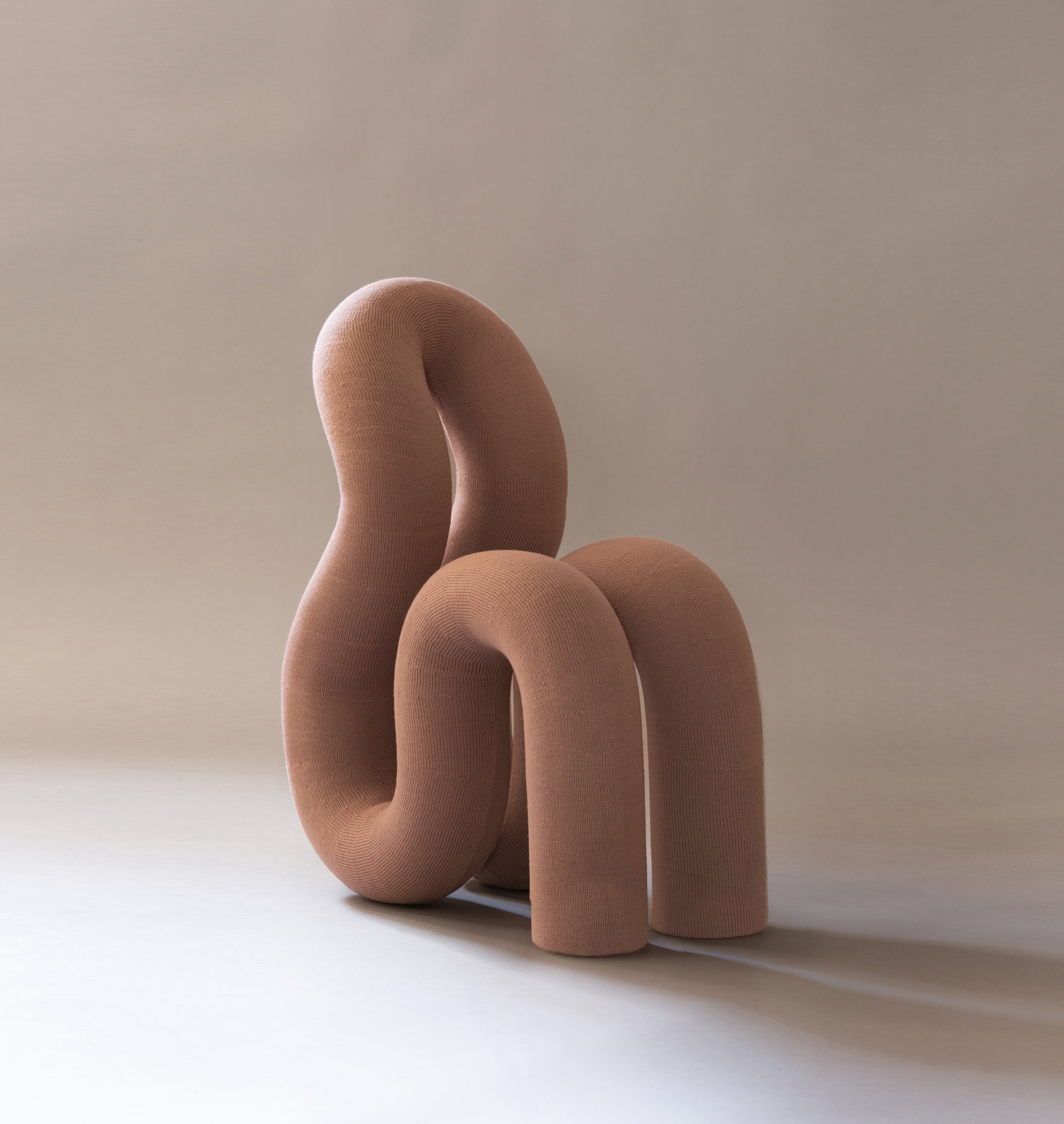
Soft Cylinder Chair, --
Not for Sale
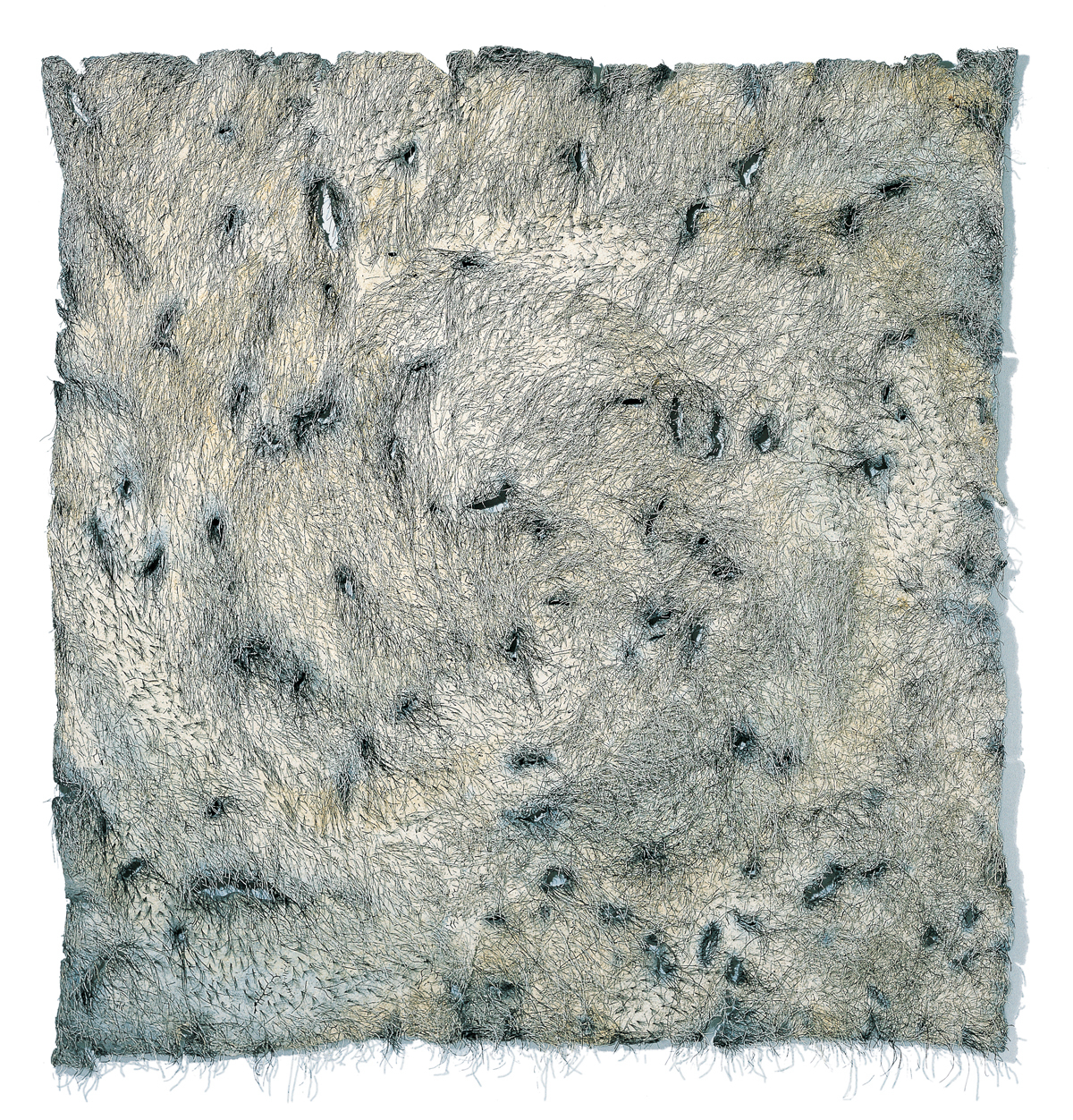
Bull’s Roar, c. 1986
Not for Sale
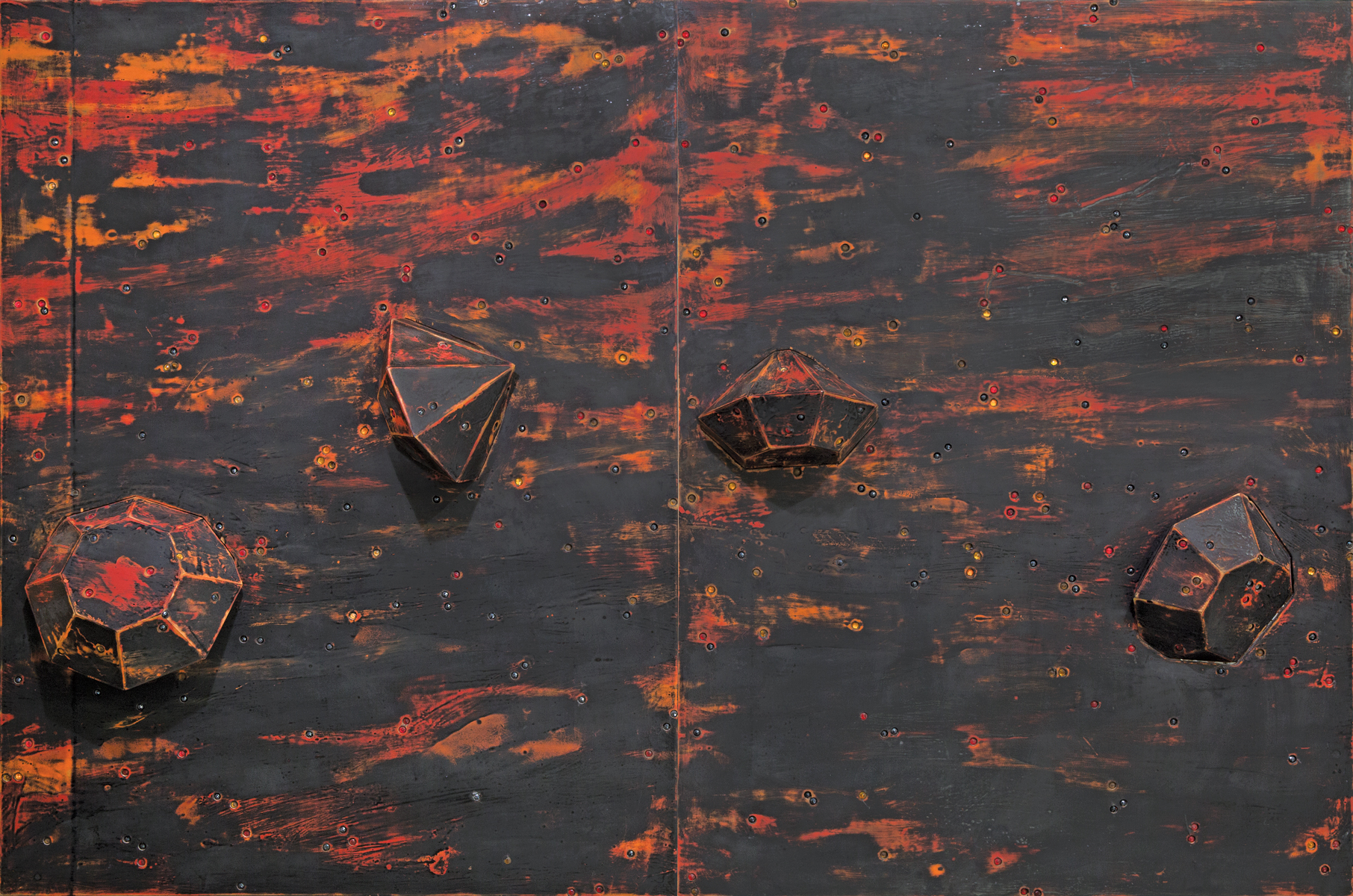
Brimstone, 1984
Not for Sale
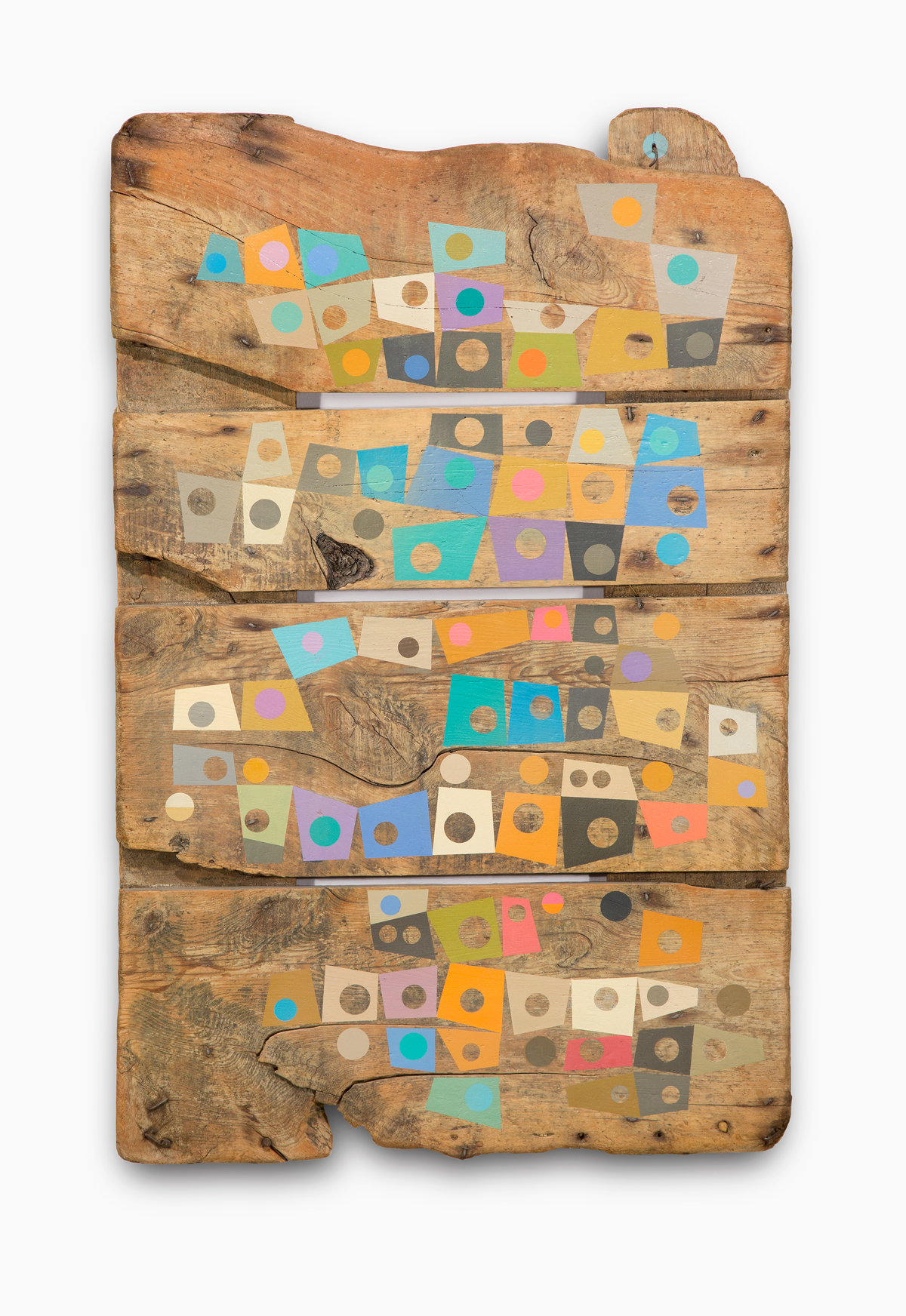
Beach Party, 1974
Not for Sale

LUGO, 2019
Not for Sale

Meteor Shower, 2014
Not for Sale
